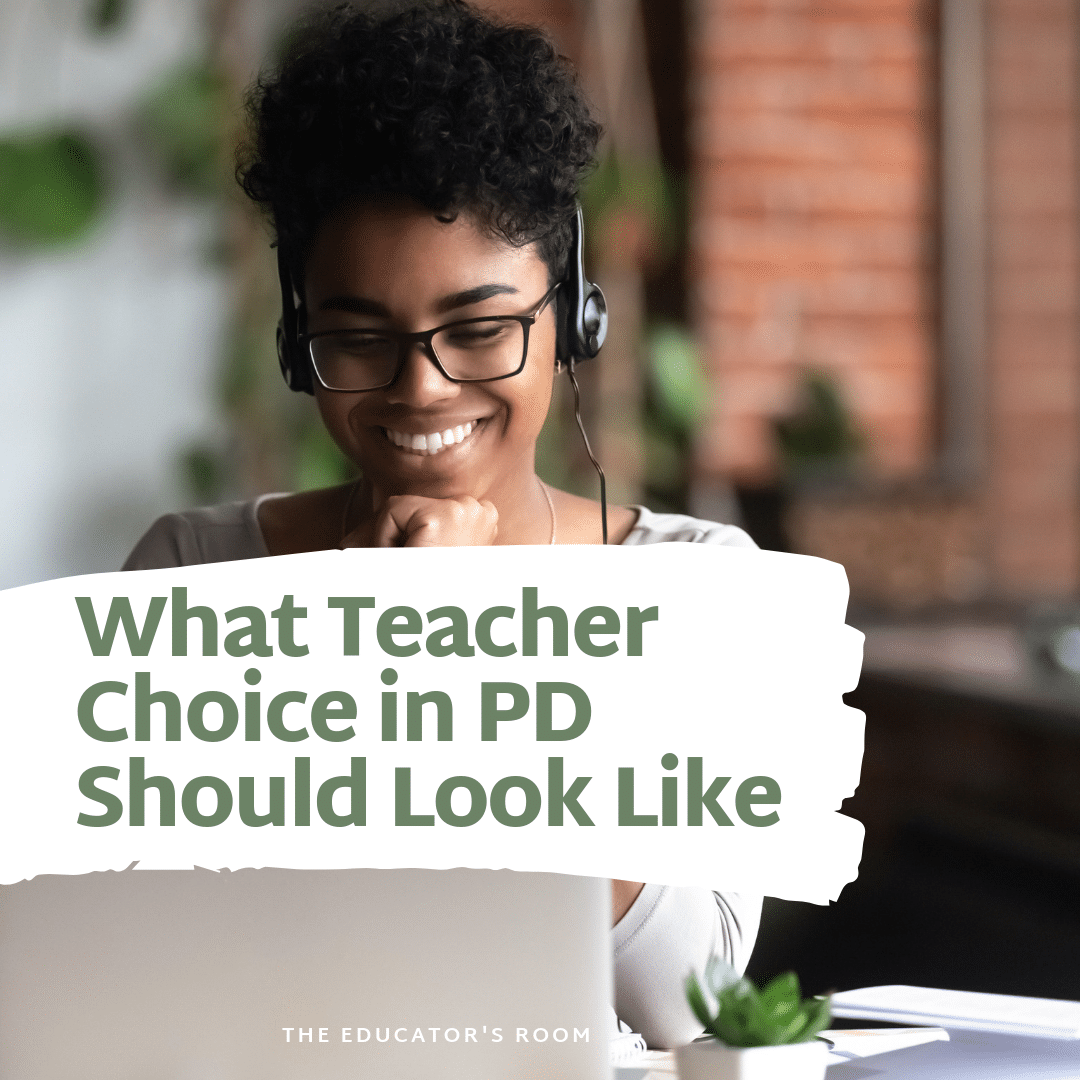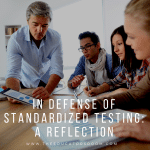We all know how it feels to attend a half-hearted PD session we don’t think will be useful in our classrooms. Maybe it’s the content that feels irrelevant or the structure of the session. Whatever the cause, teachers are tired of attending PD that doesn’t fit our personal needs or the needs of our school community. So, what should be done about it?
Betsy DeVos has recently stated she supports Trump’s proposed budget that includes cutting the $2.35 billion Title II-A grant that is “the only dedicated source of funding for the professional development of teachers, principals, and other school personnel” (ASCD).
Instead, teachers and administrators would have access to a $200 million PD voucher program. Cutting a larger budget in favor of a smaller one isn’t going to increase the effectiveness of our schools. Schools and districts need consistent funding for continuous PD programs, not another voucher system. While I do agree that teachers and administrators would benefit from more choice, this isn’t a solid solution. Teachers should instead be working with colleagues to choose evidence-based programs that fit within a clear vision of the school.
[bctt tweet=”Teachers should instead be working with colleagues to choose evidence-based programs that fit within a clear vision of the school.” username=””]
Teachers Need Choice, but Within a Structured Vision
Professional development should not be a ticket system in which we hope to cash in our chips for a little bit of training here and there. Although we live in an individualist society, teaching and learning do not happen in a vacuum. We learn from social interaction with others. It is even more powerful if those that we learn beside are the colleagues we work with every day. No revolution can be carried out by just one person, and PD shouldn’t be a solitary endeavor with everyone going off in different directions.
PD in our schools should be a dedicated, on-going program that all stakeholders have taken part in to ensure it is tailored to the meet the needs of the community. Deciding areas of need should be a school effort, not just an administrative task, because it makes these overarching needs a community goal. When we are all working together towards the same goal, we are more likely to achieve it. These goals are better met when everyone is on board and being trained in the same skills.
Once teachers and administrators have identified areas of need, teachers should be able to propose evidence-based PD programs that will achieve the goals laid out by the school. The funding should already be there and in great quantity.
What Would This Look Like in a School?
The first step in developing a school-specific professional development program is to involve all stakeholders in the development of a vision. Committees (of teachers and administrators) should analyze how that vision is already being met and the areas in which it is not. From there, administrators could involve teachers in the search for evidence-based PD programs that will serve the needs of the school. The administration could choose the programs they will be willing and able to fund. Teachers could then choose which one they will attend.
Some possibilities of teacher choice in the selection of a program:
- Grade level teams identify a common need and select a program that the grade level will focus on during PD.
- School-wide: teachers can vote on which programs align with the vision of the school as well as which ones they would be willing to attend.
- Teams: teachers work in teams to receive training in different areas of need. Teachers select which one they’re most passionate about. In the end, teachers train the other teams on the work they’ve done. This way, teachers are learners and experts in their community and everyone receives training in all goal areas.
Teachers Need Community
Teachers do not need another voucher system that will pit them against their colleagues. I have seen this happen at my school when elementary teachers had the option to attend Responsive Classroom training. The teachers in attendance created a powerful community that is achieving similar goals in the classroom. Those that did not attend are bitter and think of the training as elitist.
Teaching is hard enough and is not something that should be tackled alone. Whether we want to be or not, teachers are a part of a school community that should be working together for similar goals. If teachers work together to research and create their school’s PD program, they will be more invested in it. An ongoing, teacher-created PD program in which we work together towards specific goals would give us the opportunities for collaboration and the chance to build a mutually respectful and productive community. There is power in numbers, and teachers need each other, no matter how different our teaching styles may be.






